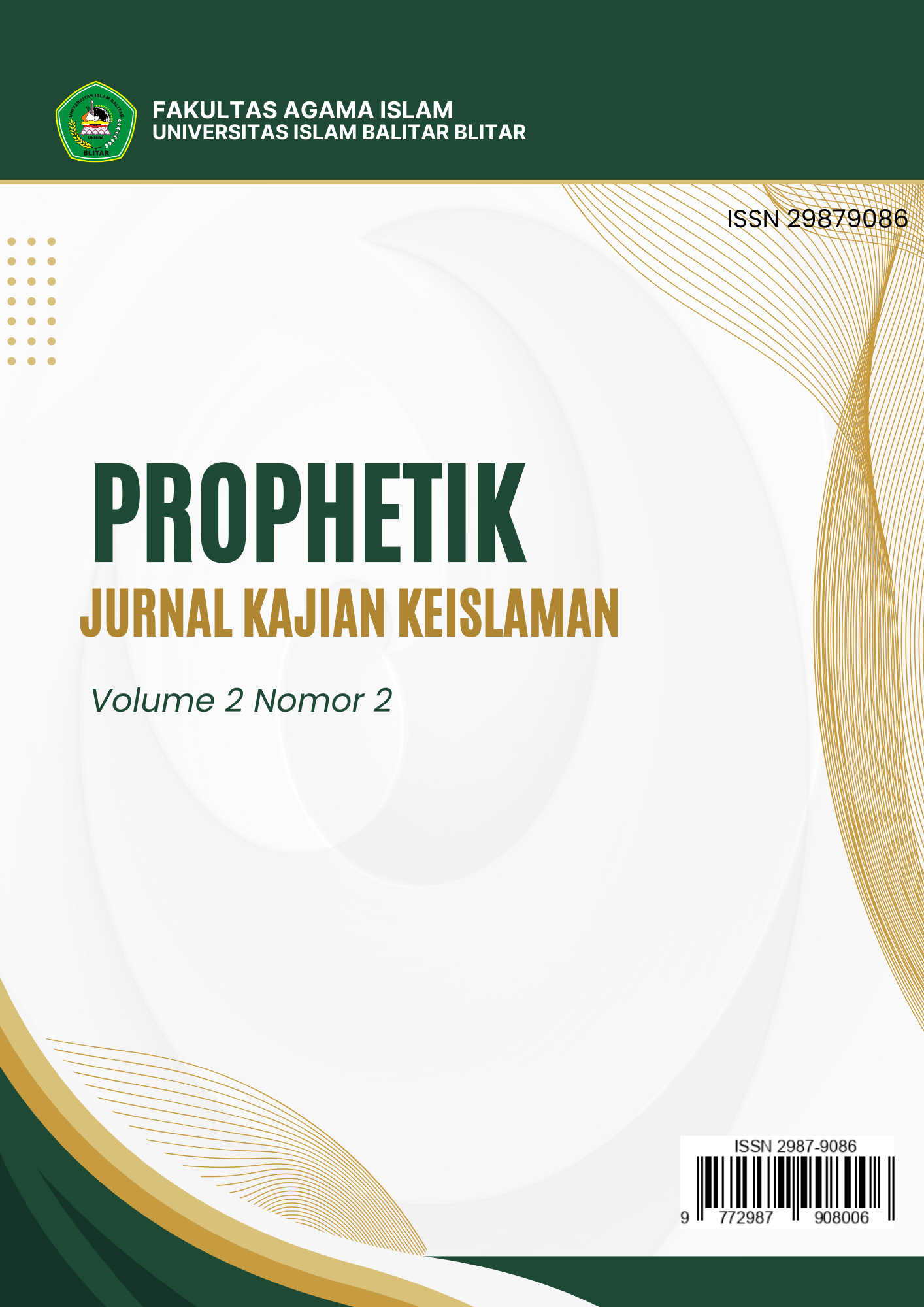KONTEN TAYANGAN TELEVISI DALAM MEMBENTUK PERILAKU BULLYING PADA REMAJA DI DESA MANYAR GRESIK
Abstract
Abstrak. Media televisi mempunyai pengaruh bagi perkembangan remaja. Televisi sebagai media masuknya pesan-pesan atau informasi ke dalam jiwa manusia. Bullying terjadi sebagai tindakan imitasi dari program penayangan televisi. Perilaku bullying terjadi pada remaja di Desa Manyar Kabupaten Gresik. Pendekatan yang digunakan penelitian kualitatif dengan jenis penelitian deskriptif. Subjek penelitian terdiri dari 2 remaja korban bullying, 2 remaja pelaku bullying dan 1 saksi. Teknik pengumpulan data menggunakan wawancara, observasi dan dokumentasi. Analisis data menggunakan pengelompokan data, reduksi data, interpretasi data dan verifikasi data. Hasil penelitian yaitu 1) Perilaku bullying yang dilakukan remaja sebagai imitasi dari konten tayangan televisi di Desa Manyar dilakukan dalam bentuk bullying verbal atau lisan dan melalui media sosial, 2) Dampak perilaku bullying bagi korban menyebabkan stres, depresi, rendahnya kepercayaan diri, pemalu, penyendiri, tertekan, cemas, tingkat kompetensi sosial yang rendah, penarikan sosial, keluhan pada kesehatan fisik, keterasingan, rasa trauma berkepanjangan, membolos sekolah, menurunnya kreativitas dan prestasi akademik bahkan mencoba untuk bunuh diri. Bagi pelaku menumbuhkan perilaku intimidasi, prestasi akademik yang buruk, tidak memiliki empati dan berpikiran sempit, penyalahgunaan alkohol dan narkoba menjadi anggota geng, label negatif pada diri pelaku bullying, masa depan sebagai seorang preman sehingga ditolak dalam berteman dengan orang baik.
Kata kunci : perilaku, bullying, tayangan tv.
Abstract. Television media has an influence on adolescent development. Television is a medium for the entry of messages or information into the human soul. Bullying occurs as an act of imitation of television programs. Bullying behavior occurs among teenagers in Manyar Village, Gresik Regency. The approach used in qualitative research is descriptive research. The research subjects consisted of 2 teenage victims of bullying, 2 teenage perpetrators of bullying and 1 witness. Data collection techniques use interviews, observation and documentation. Data analysis uses data grouping, data reduction, data interpretation and data verification. The results of the research are 1) Bullying behavior carried out by teenagers as an imitation of television broadcast content in Manyar Village is carried out in the form of verbal or oral bullying and through social media, 2) The impact of bullying behavior on victims causes stress, depression, low self-confidence, shyness, loneliness , depression, anxiety, low level of social competence, social withdrawal, complaints about physical health, isolation, feelings of prolonged trauma, skipping school, decreased creativity and academic achievement and even attempts to commit suicide. For perpetrators, bullying behavior develops, poor academic performance, lack of empathy and narrow-mindedness, alcohol and drug abuse, becoming a gang member, a negative label for the perpetrator of bullying, a future as a thug so they are rejected from being friends with good people.
Key words: behavior, bullying, TV shows.
Downloads
References
Derung, T.N. (2017). Interaksionisme Simbolik Dalam Kehidupan Bermasyarakat. Sapa, 2(1), 118-131.
Evans, P. (2006). The Verbally Abusive Man, Can He Change: A Guide for Women to Deciding to Stay or Go. Massachusetts: Adams Media.
Feist, J. & Gregory J. Feist. (2008). Theories of Personality (Edisi Keenam). Yogyakarta: Pustaka Pelajar.
Haris, A. dan Amalia, A. (2018). Makna dan Simbol dalam Proses Interaksi Sosial (Sebuah Tinjauan Komunikasi). Jurnal Risalah, 29(1): 16-19.
Hendrarti, & Purwoko, H. (2008). Aneka Sifat Kekerasan Fisik, Simbolik, Birokratik, dan Struktural. Jakarta: PT. Indeks.
Pietro, G.D. (2016). The Impact of Television Programmes on Teenage Career Aspirations: The'MasterChef Effect'.
Morrisan, M. (2011). Manajemen Media Penyiaran: Strategi Mengelola Radio & Televisi. Jakarta: Kencana.
Siregar, N,S,S. (2011). Kajian tentang Interaksionisme Simbolik. Jurnal Ilmu Sosial-Fakultas Isipol Uma, Perspektif, 4( 2): 100-110.
Syah, Muhibbin. 2003. Psikologi Belajar. Jakarta : PT. Raja Grafindo.Trisnani, R. P., & Wardhani, S. Y. (2016). Perilaku bullying di sekolah. G-Couns Jurnal Bimbingan dan Konseling, 1(1).
West, R., & Lyn. (2013). Pengantar Teori Komunikasi Analisis dan Aplikasi. Jakarta: Salemba Humanika.
Widayanti, C. G., & Siswati, S. (2009). Fenomena bullying di sekolah dasar negeri di semarang: sebuah studi deskriptif. Junal Psikologi Undip.
Zanki, H.A. (2020). Teori Psikologi Dan Sosial Pendidikan (Teori Interaksi Simbolik). Scolae: Journal of Pedagogy, 3(2): 115-121.
Copyright (c) 2024 Rindra r2

This work is licensed under a Creative Commons Attribution-ShareAlike 4.0 International License.
Authors who publish with this journal agree to the following terms:
- Copyright on any article is retained by the author(s).
- The author grants the journal, right of first publication with the work simultaneously licensed under a Creative Commons Attribution License that allows others to share the work with an acknowledgment of the work’s authorship and initial publication in this journal.
- Authors are able to enter into separate, additional contractual arrangements for the non-exclusive distribution of the journal’s published version of the work (e.g., post it to an institutional repository or publish it in a book), with an acknowledgment of its initial publication in this journal.
- Authors are permitted and encouraged to post their work online (e.g., in institutional repositories or on their website) prior to and during the submission process, as it can lead to productive exchanges, as well as earlier and greater citation of published work.
- The article and any associated published material is distributed under the Creative Commons Attribution-ShareAlike 4.0 International License








